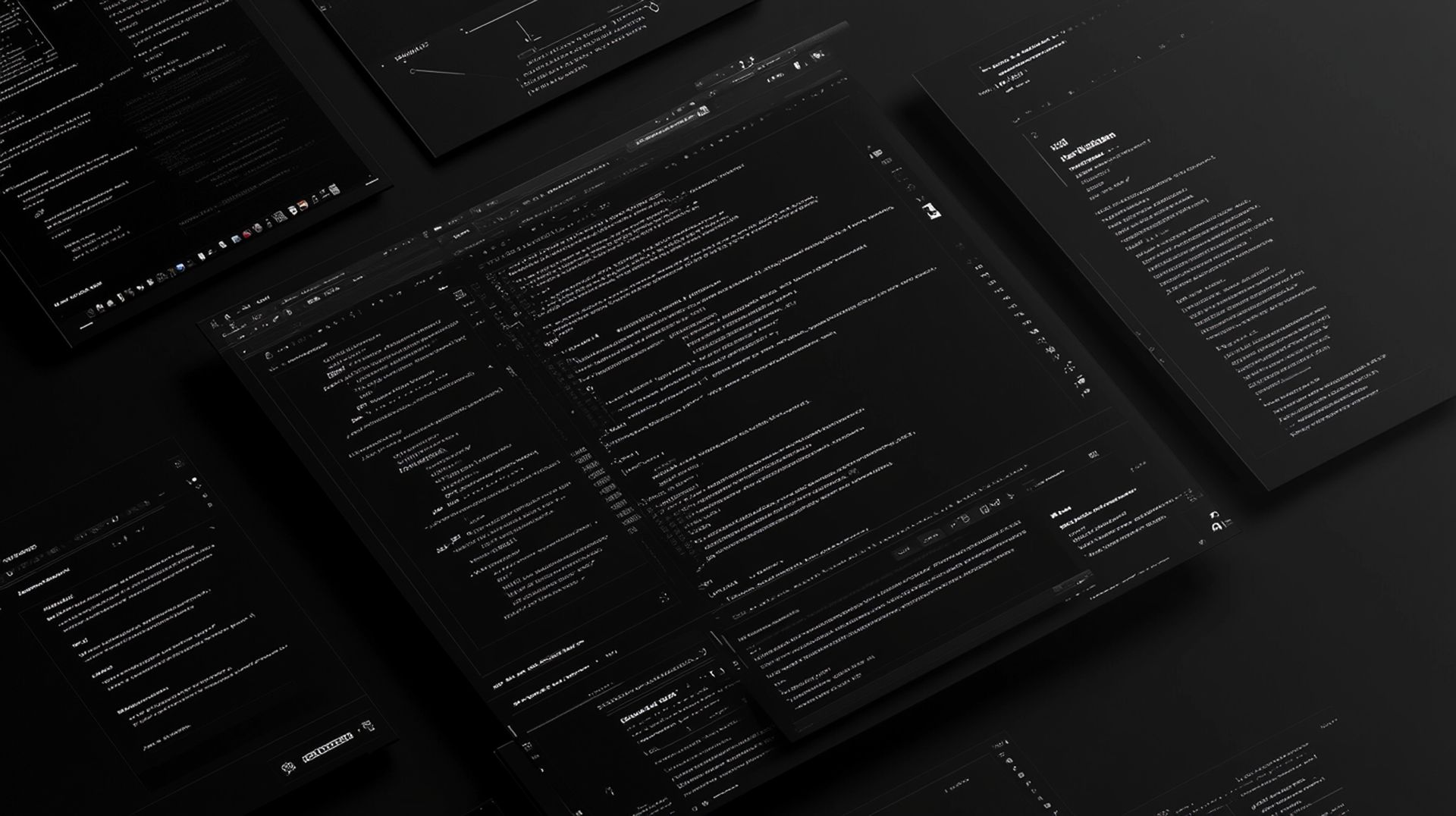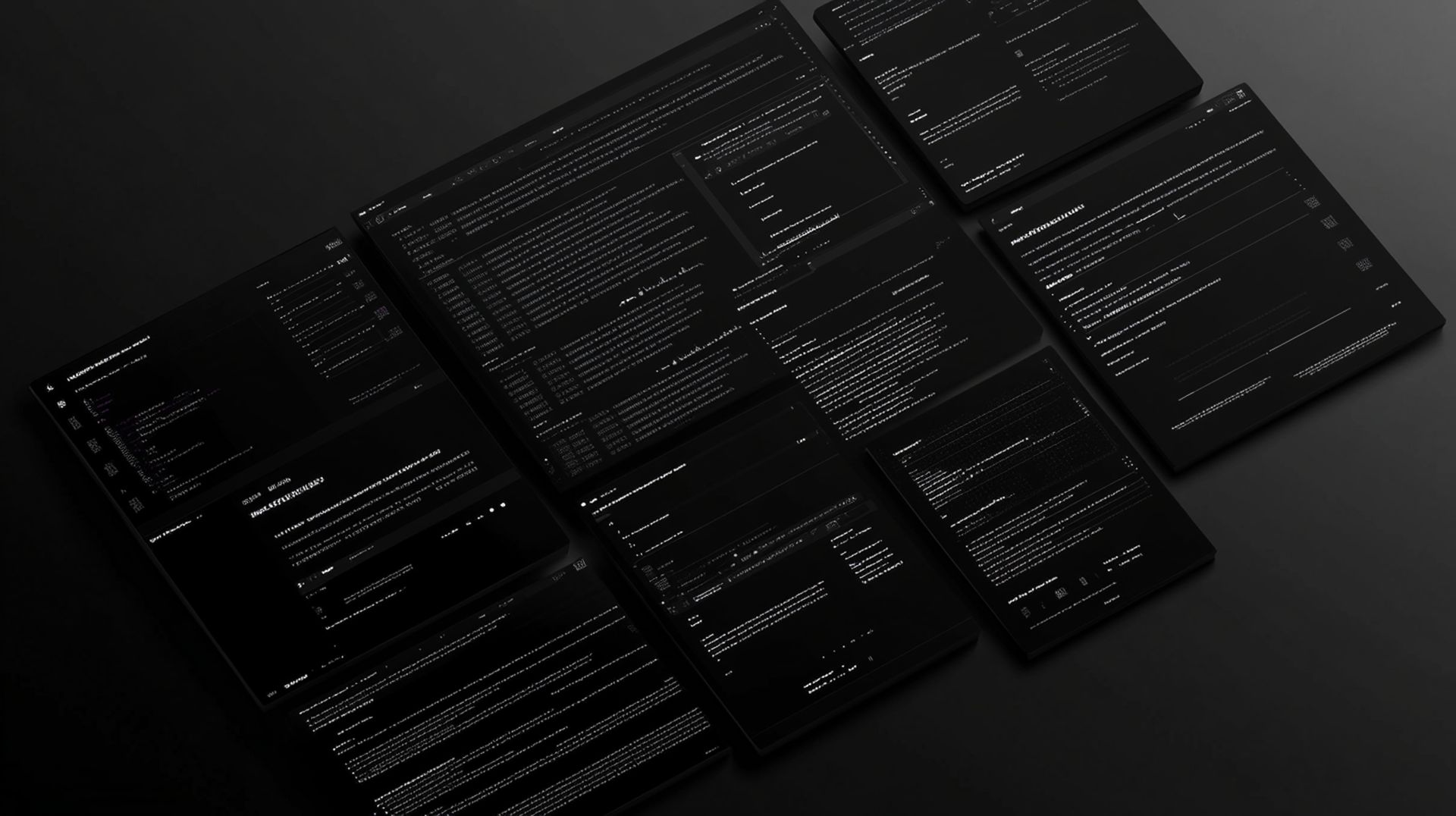and the distribution of digital products.
Google’s Big Sleep AI: The first to detect 0-day vulnerability

Google’s Big Sleep AI has detected a zero-day vulnerability in the SQLite database, marking a new chapter in memory-safety flaw detection. Learn how this breakthrough could redefine bug-hunting.
Big Sleep, an evolution of Google’s Project Naptime, was developed through a collaboration between Google’s Project Zero and DeepMind. Its capability to analyze code commits and pinpoint flaws previously undetected by traditional fuzzing methods brings a new approach to identifying complex vulnerabilities.
What is the Big Sleep AI tool?Big Sleep is Google’s experimental bug-hunting AI tool that leverages the capabilities of LLMs to identify vulnerabilities in software. Google created this tool to go beyond traditional techniques, such as fuzzing, by simulating human behavior and understanding code at a deeper level. Unlike fuzzing, which works by randomly injecting data to trigger software errors, Big Sleep reviews code commits to detect potential security threats.
In October 2024, Big Sleep successfully identified a stack buffer underflow vulnerability in SQLite. This flaw, if left unchecked, could have allowed attackers to crash the SQLite database or potentially execute arbitrary code. The discovery is notable because it was made in a pre-release version of SQLite, ensuring that the vulnerability was patched before reaching users.
How Big Sleep discovered the SQLite vulnerabilityGoogle tasked Big Sleep with analyzing recent commits to the SQLite source code. The AI combed through changes, aided by a tailored prompt that provided context for each code alteration. By running Python scripts and sandboxed debugging sessions, Big Sleep identified a subtle flaw: a negative index, “-1,” used in the code, which could cause a crash or potentially allow code execution.
The Big Sleep team documented this discovery process in a recent blog post, explaining how the AI agent evaluated each commit, tested for code vulnerabilities, and then traced the cause of the bug. This stack buffer underflow vulnerability, categorized as CWE-787, arises when software references memory locations outside of allocated buffers, resulting in unstable behavior or arbitrary code execution.
 Google asserts that Big Sleep’s focus is on detecting memory-safety issues in widely used software, an area often challenging for conventional AI tools
Why this discovery matters for cybersecurity
Google asserts that Big Sleep’s focus is on detecting memory-safety issues in widely used software, an area often challenging for conventional AI tools
Why this discovery matters for cybersecurity
- Filling the fuzzing gap: Fuzzing, though effective, has limitations. It struggles to uncover complex, deeply rooted bugs in software. Google’s Big Sleep aims to address these gaps by using LLMs to “understand” code rather than just trigger random errors.
- Real-time bug detection: Big Sleep’s ability to spot vulnerabilities during code development reduces the chances of bugs making it to production. By identifying flaws pre-release, Big Sleep minimizes potential exploit windows for attackers.
- Automated security at scale: Traditional bug-hunting requires significant human expertise and time. Big Sleep, with its AI-driven approach, could democratize bug detection by automating and accelerating the process.
Google asserts that Big Sleep’s focus is on detecting memory-safety issues in widely used software, an area often challenging for conventional AI tools. For instance, Protect AI’s Vulnhuntr, an AI tool supported by Anthropic’s Claude, is designed to detect zero-day vulnerabilities in Python codebases, but it focuses on non-memory-related flaws. According to a Google spokesperson, “Big Sleep discovered the first unknown exploitable memory-safety issue in widely used real-world software.”
By targeting specific bug types, Big Sleep and Vulnhuntr complement each other, suggesting a future where AI-powered agents can specialize in different aspects of cybersecurity.
Google sees Big Sleep’s success as a significant step toward integrating AI into cybersecurity defenses. Google’s Big Sleep team stated, “We believe this work has tremendous defensive potential. Fuzzing has helped significantly, but we need an approach that can help defenders find the bugs that are difficult (or impossible) to find by fuzzing.”
The team highlighted the importance of AI in preemptive security measures, where vulnerabilities are identified and patched before attackers can discover them.
 While the success of Big Sleep in spotting the SQLite vulnerability is promising, Google has noted that the technology remains experimental
Experimental nature of Big Sleep
While the success of Big Sleep in spotting the SQLite vulnerability is promising, Google has noted that the technology remains experimental
Experimental nature of Big Sleep
While the success of Big Sleep in spotting the SQLite vulnerability is promising, Google has noted that the technology remains experimental. The AI model is still undergoing refinement, and the team acknowledged that a target-specific fuzzer could match or exceed its current capabilities in certain cases.
Despite these caveats, the team remains optimistic, viewing this as the beginning of AI’s larger role in vulnerability detection. By continually testing Big Sleep’s abilities on both known and unknown vulnerabilities, Google aims to enhance its bug-hunting capabilities, potentially making it a vital tool for developers and security teams worldwide.
AI in cybersecurityBig Sleep’s successful SQLite vulnerability detection may signal a paradigm shift in cybersecurity, where AI agents autonomously identify and address security issues. This transition to automated security measures could offer unprecedented protection, closing the gap between bug discovery and exploitation.
- Preemptive bug detection: AI-driven tools like Big Sleep represent a proactive approach to security. By identifying vulnerabilities before software release, these tools can prevent zero-day exploits and reduce the risk to end-users.
- Cost-effective security: Traditional bug-hunting is costly and time-consuming. AI solutions could streamline security processes, making vulnerability detection faster, more scalable, and potentially more cost-effective.
- Continuous improvement: As AI-powered tools like Big Sleep evolve, they will refine their ability to understand and analyze code structures, leading to more comprehensive vulnerability identification in real-world applications.
Image credits: Kerem Gülen/Ideogram
- Home
- About Us
- Write For Us / Submit Content
- Advertising And Affiliates
- Feeds And Syndication
- Contact Us
- Login
- Privacy
All Rights Reserved. Copyright , Central Coast Communications, Inc.